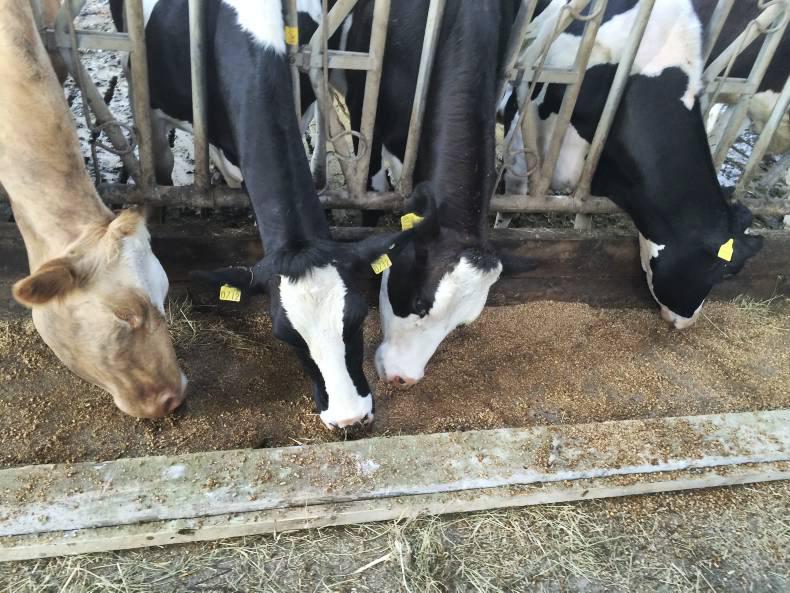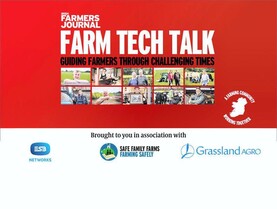In a previous piece I wrote, I spoke of the great weather and the ability to apply slurry and fertiliser to grass early, amongst other jobs made possible by the good weather.
How things have changed... While Irish farmers are always very thankful for good weather early, it is imperative that it arrives at the crucial times.
Grass growth has slowed over the last week with the bad weather. It has put a squeeze on supply for all batches of cattle, especially the dairy and suckler cows, so much so that four and a half tonnes of soya hulls was purchased from Lakeland Dairies to supplement the dairy cows.
They are being supplemented with 14kg/head/day of these soya hulls along with 4kg/head/day of dairy nuts in the parlour. The soya hulls were purchased at €185/tonne and the price of the dairy nuts is currently €260/tonne.
The last of this year’s bulls were slaughtered in Liffey Meats in Ballyjamesduff last week and achieved two U grades and two R grades. The U grades were paid a price of €4.20/kg and the R’s were €4.15/kg, hanging up at a top weight of 430kg and an average weight of 410kg, aged 19-23 months.
These bulls were Blonde d’Aquitaine bulls from Friesian cows from the dairy herd. There were also Friesian bulls and more Blonde d’Aquitaine bulls from the dairy herd slaughtered over the past two months, with the Blonde d’Aquitaine’s achieving U and R grades and the Friesian’s achieving R and O grades. These bulls were fed on a high maize ration with straw.
The prices for bulls have remained steady over the past few months and while they should be better, they haven’t fallen to the levels they were.
Demand remains good for these bulls and one would have to wonder why the barriers were placed on bull finishers last year. There is currently no mention of ‘no market’ or ‘European customer demanding steer beef’. It shows that meat processors do have the market for bull beef and excuses such as these wear thin.
The Department of Agriculture, Food & Marine has a vision for Irish beef in Food Harvest 2020, and this will only be achieved with bull beef and strong prices. These strong prices will ensure that factories compete with live exporters and will keep factory throughput high.
It will also ensure that beef farmers stay in the beef industry, with any more rapid deterioration in prices and refusal to accept certain types of cattle threatening to drive farmers from the sector.






 This is a subscriber-only article
This is a subscriber-only article












SHARING OPTIONS: